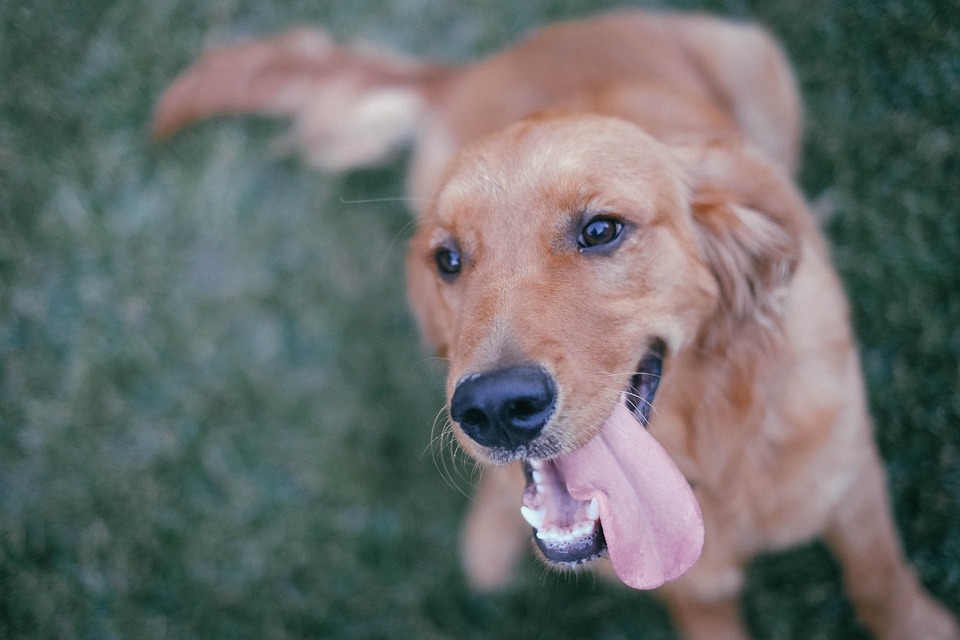Excessive grooming in cats, also known as overgrooming, can have detrimental effects on their physical health and emotional well-being. It is important for cat owners to understand the psychology behind this behavior in order to find effective solutions. This article explores the causes of excessive grooming and provides solutions to help cats overcome this behavior.
Excessive grooming refers to the compulsive behavior of cats that involves excessive licking, biting, or chewing of their fur, skin, or paws. While grooming is a natural behavior for cats, it becomes a concern when it starts to negatively impact their physical health or emotional state.
One of the main causes of excessive grooming is stress and anxiety. Cats, like humans, can experience emotional distress, leading them to engage in repetitive grooming as a coping mechanism. It is important to identify and address any sources of stress in a cat’s life to reduce excessive grooming.
Boredom and lack of stimulation can also contribute to excessive grooming. Cats are curious creatures that require mental and physical stimulation. When they become bored or lack environmental enrichment, excessive grooming may arise as a way to fill the void. Providing a stimulating environment with interactive toys, scratching posts, and vertical spaces can help alleviate boredom and reduce the need for excessive grooming.
Medical conditions such as allergies, skin irritations, or fleas can trigger excessive grooming. Cats may groom excessively to alleviate discomfort caused by these conditions. It is important to consult with a veterinarian to rule out any underlying medical issues and provide appropriate treatment.
Changes in the cat’s environment can induce stress and trigger excessive grooming. Moving to a new home, introducing new pets, or the loss of a companion can all contribute to excessive grooming. Creating a quiet and safe space for the cat, using pheromone diffusers to promote relaxation, or engaging them in calming activities like interactive play sessions can help reduce stress and alleviate excessive grooming.
In some cases, cats may develop an obsessive-compulsive disorder (OCD) related to grooming. This condition requires professional veterinary intervention to address the underlying causes. A thorough examination by a veterinarian is crucial to rule out any potential health concerns.
To help reduce excessive grooming, maintaining a regular grooming routine for your cat is important. This includes brushing their fur to remove loose hair, which can help prevent hairballs and reduce the urge for excessive grooming. Regular grooming also allows for early detection of any skin issues or abnormalities.
Seeking professional advice from a veterinarian is crucial for ruling out any underlying medical conditions and providing the best care for your cat. If you suspect an underlying medical condition, consult with a veterinarian. They can conduct a thorough examination, recommend appropriate tests, and provide suitable treatment options.
In conclusion, understanding the psychology behind excessive grooming in cats is essential for addressing this behavior effectively. By identifying potential causes and implementing appropriate solutions, cat owners can help their feline companions overcome excessive grooming and lead happier, healthier lives. Remember, seeking professional advice from a veterinarian is crucial for ruling out any underlying medical conditions and providing the best care for your cat.








